India's real estate market is witnessing a significant shift, characterised by steadily rising home prices and a persistent lag in the supply of affordable housing. This trend, driven by high-income individuals and a burgeoning luxury housing market, underscores a growing disparity in home ownership in a nation of over 1.4 billion people. The rising prices are set against a backdrop of robust economic growth that, while promising, benefits the upper echelons of society more than the average citizen.
Steady Rise in Home Prices
According to a recent poll conducted by Reuters from May 10-29, 2024, involving 15 property market experts, average home prices in India are expected to rise around 6% this year and the next. This projection follows a 4.3% increase in 2023, as calculated based on the Reserve Bank of India's House Price Index. The upward trend in property prices is driven by consistent demand and limited ready supply, particularly in the luxury segment.
Ankita Sood, Director and Head of Research at REA India, says, "Property prices are expected to maintain an upward trajectory...because of consistent demand and limited ready supply. The demand for high-value properties from investors and high-income individuals fuels this upward trend."
Before the pandemic, the luxury segment accounted for approximately 15-16% of total sales. This figure has now surged to around 28%, reflecting a growing preference for high-end properties among affluent buyers. This shift is primarily driven by those unaffected by higher interest rates, which were raised by the RBI by 250 basis points between May 2022 and February 2023 to control inflation.
The Affordability Dilemma
The consistent rise in home prices presents a significant challenge for first-time buyers, particularly in terms of affordability. As prices climb, the initial down payment required to secure a property becomes increasingly difficult for many to save up, exacerbating the barriers to homeownership.
The high mortgage rates, a consequence of the RBI's interest rate hikes, further strain the affordability of homes for first-time buyers. Although the central bank is broadly expected to cut interest rates in the next quarter, the overall economic conditions, including a stable rupee and strong economic growth, provide little incentive for immediate action. As a result, relatively high mortgage rates are likely to persist, adding pressure on potential homebuyers.
When surveyed about the affordability outlook for first-time purchasers over the coming year, seven analysts anticipated an improvement, while six expected it to worsen. CBRE's Atif Khan suggests that affordability might improve as income levels rise in major cities like Mumbai and Delhi. Conversely, Ajay Sharma from Colliers International warns that a "flattening" of the jobs market could lead to a decline in affordability.
Supply and Demand of Affordable Housing
The challenge of finding affordable housing is magnified in the face of rapid urbanization, as millions flock to cities in search of better opportunities. Despite various government initiatives aimed at building affordable homes, the majority of experts believe that demand for such housing will not be met in the near future.
Rohan Sharma, Director at JLL Research, highlights the issues affecting the supply of affordable homes, stating, "Supply of affordable homes is affected by rising land prices and developers focusing on bigger ticket-size segments where sales momentum is quite robust."
Out of the 15 property market experts polled, 12 forecasted a shortage of affordable housing over the next two to three years, while only three predicted an excess supply. This imbalance between supply and demand underscores the critical need for strategic interventions to make affordable housing more accessible to the masses.
Economic Growth and Housing Demand
India's economic growth, expected to continue outpacing that of its major peers, is a double-edged sword. On one hand, it drives overall demand for housing as more people attain higher income levels and seek better living conditions. On the other hand, the benefits of economic growth are increasingly skewed towards the upper classes, leaving a significant portion of the population struggling to keep up with rising costs.
The impact of this economic disparity is evident in the housing market. While high-income individuals continue to drive up demand for luxury housing, the majority of the population faces growing difficulties in affording basic housing. This dichotomy highlights the need for inclusive economic policies that can bridge the gap and ensure that the benefits of growth are more evenly distributed.
Government Initiatives and Future Outlook
The Indian government has implemented several initiatives to address the affordable housing crisis. Programs such as the Pradhan Mantri Awas Yojana (PMAY) aim to provide affordable housing to the urban poor by 2022. The PMAY scheme, for instance, offers subsidies on home loans for economically weaker sections, low-income groups, and middle-income groups, thereby making home ownership more attainable. Additionally, the scheme focuses on promoting partnerships with the private sector to boost housing supply.
Despite these efforts, the success of such initiatives has been mixed. Challenges in land acquisition, regulatory approvals, and the financial health of developers have hindered the pace of affordable housing development. Furthermore, the rising cost of construction materials and labor has added to the difficulties faced by developers in delivering affordable homes.
Looking ahead, the future of India's housing market will depend significantly on the ability of policymakers to address these challenges effectively. Ensuring a balanced supply of affordable and luxury housing, maintaining economic stability, and implementing robust urban planning strategies will be crucial in managing the rising demand and keeping housing within reach for all.
Conclusion
India's housing market is poised for steady price increases, driven by demand from the affluent and limited supply. The challenge of affordable housing persists, necessitating concerted efforts from both the government and private sector to ensure that the benefits of economic growth translate into accessible and equitable housing opportunities for all citizens. Addressing these challenges head-on will require innovative solutions, greater collaboration, and a sustained commitment to creating a more inclusive housing market.
Cover image- economictimes.indiatimes.com

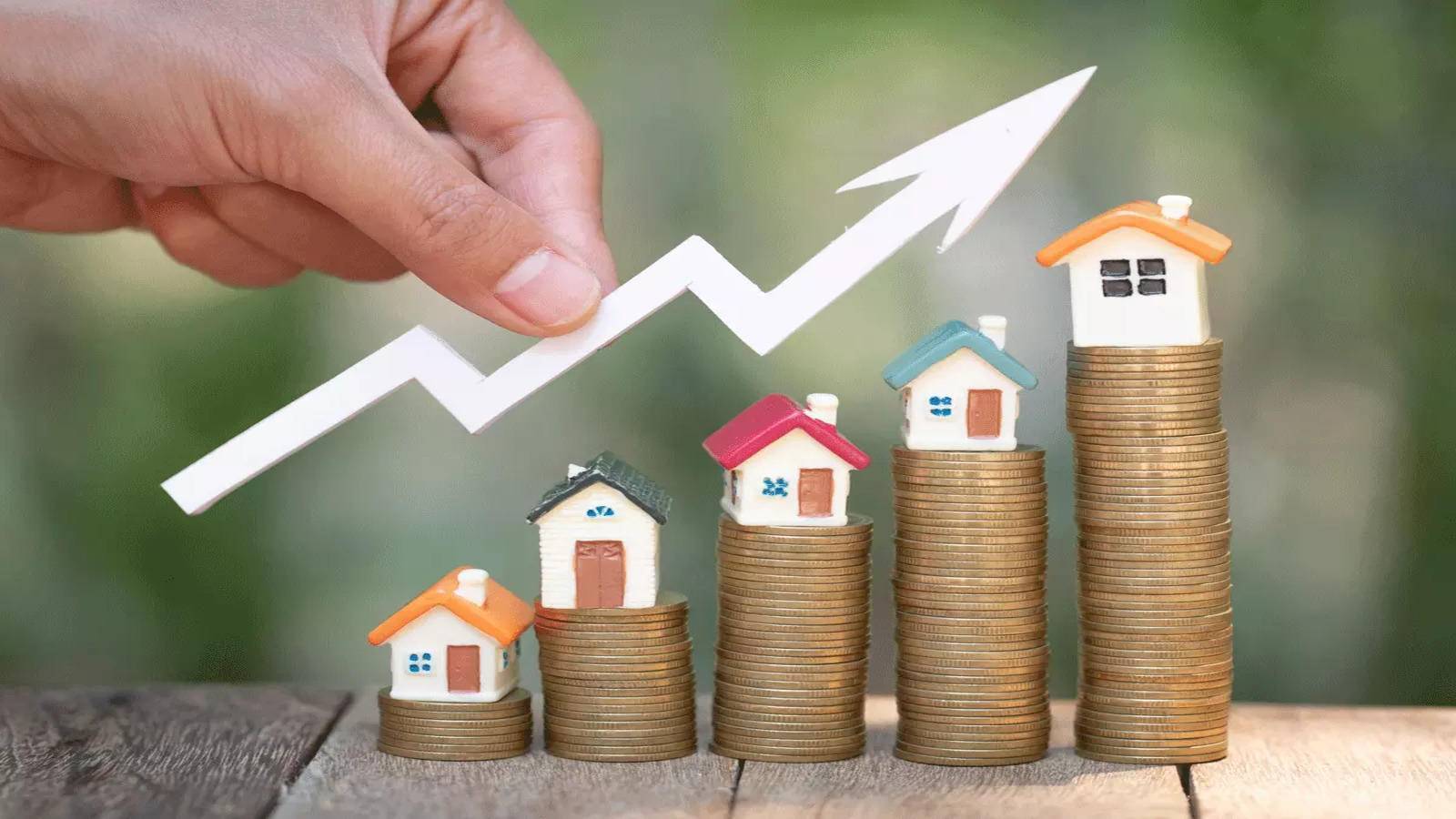
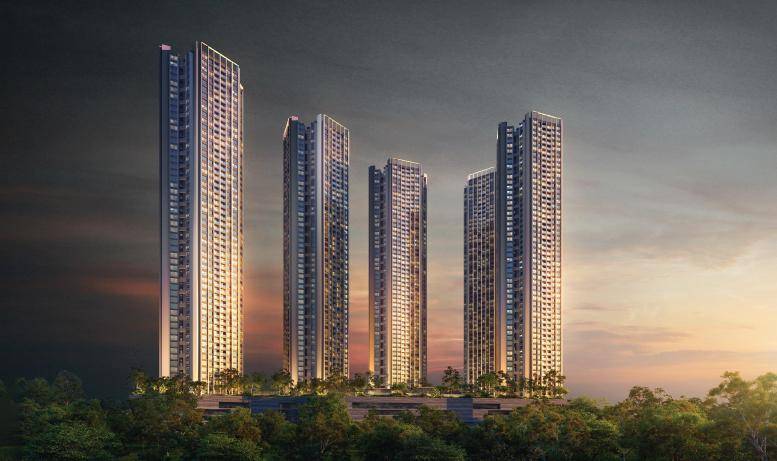


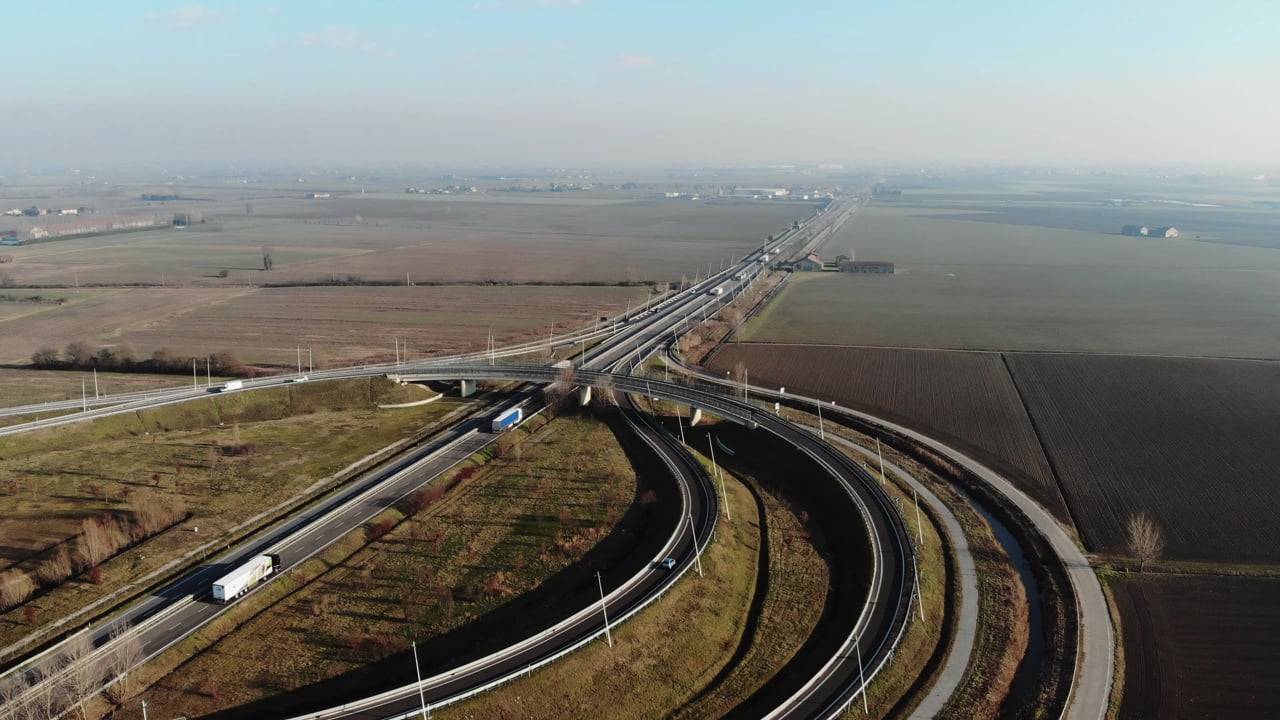

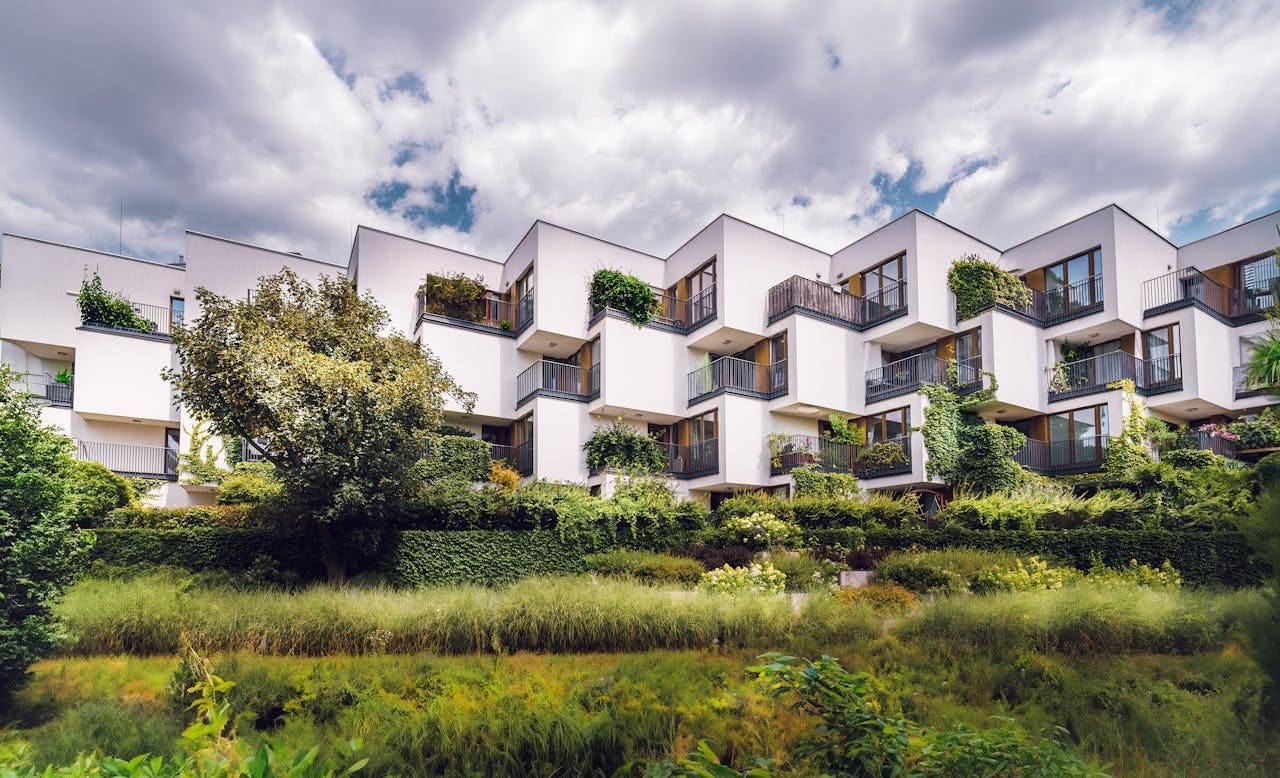
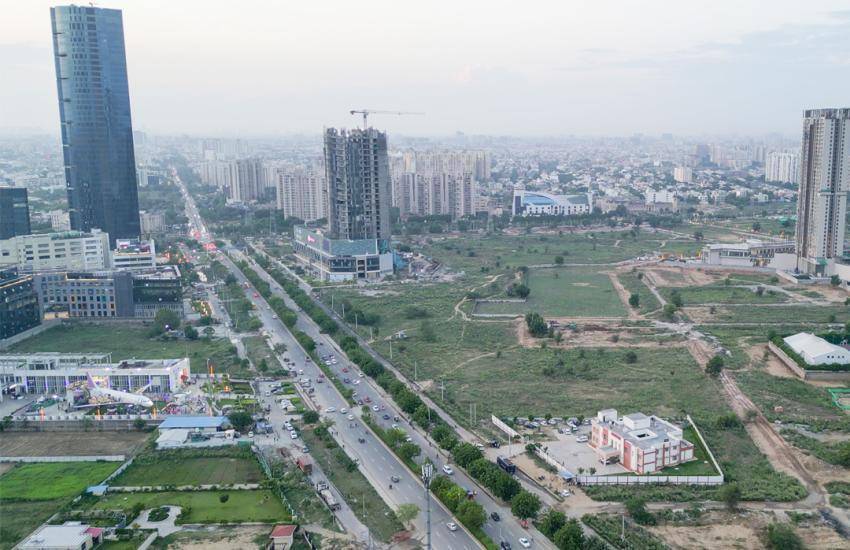
.png)